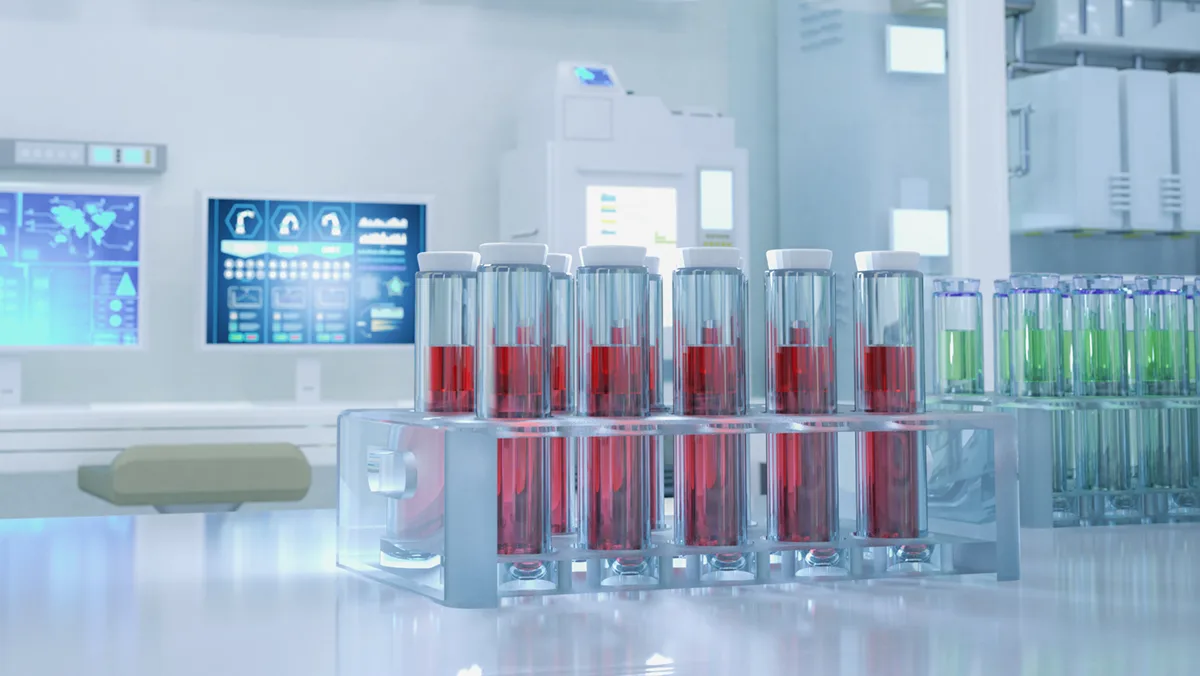
Overview
Aspira Women's Health is developing an AI-enabled blood test to diagnose endometriosis without surgery.
Creating First Definitive, Noninvasive Test for Fertility-risking Condition
Aspira Women's Health (R) is advancing the development of ENDOinform (TM), an AI-enabled blood test designed to diagnose endometriosis without invasive surgery.
Endometriosis — a painful, fertility-risking condition caused by the errant growth of endometrial tissue outside of the uterus — affects as many as one in 10 women of reproductive age around the world. Definitive diagnoses can take seven to 10 years and typically involve laparoscopic surgery. Aspira is poised to change that.
By applying its AI-enabled technology platform to a blood test, Aspira’s ENDOinform is designed to find endometriosis at any stage and location based on protein biomarkers from blood samples, microRNA sequencing and patients' medical data.
"Our mission is to help women and their healthcare providers make decisions based on facts instead of fear," said Mike Buhle, CEO of Aspira.
If approved, ENDOinform would join Aspira's suite of risk assessment tests for gynecologic health.
Endometriosis is a Painful and Debilitating Condition
Endometriosis is a significant cause of pelvic discomfort as well as infertility. Indeed, about half of women being assessed for infertility learn they have endometriosis, even though they may not have had symptoms.
When women do have symptoms, they may be so vague and nonspecific that the diagnosis of endometriosis is not immediately considered. The signs may start with mild irregular bleeding or painful periods, later progressing to chronic pelvic pain. Some women report problems with bowel movements, discomfort during sex or urinary tract symptoms.
The gold standard for detecting the disorder is laparoscopic surgery, enabling the gynecologist to visualize the pelvic area and take tissue samples for pathological analysis.
"Endometriosis is often a diagnosis of exclusion. But the longer a woman lives with endometriosis before diagnosis and treatment, the greater the risk of chronic pain and infertility," explained Buhle. "Our goal is to shorten the time between symptoms and diagnosis and to arrive at a diagnosis without surgical intervention."
ENDOinform is undergoing evaluation in a clinical trial assessing blood samples from more than 500 women who are also having laparoscopic surgery for suspected endometriosis. The research team aims to down-select the number of biomarkers needed for assessment to create a noninvasive diagnostic tool with high specificity and sensitivity.
Aspira is Transforming Gynecologic Care through AI-Enabled Diagnostics
ENDOinform would be an addition to Aspira's two marketed products that comprise the company's OvaSuite (SM) portfolio for ovarian care:
OvaWatch (R) is a blood test used to assess the risk of ovarian cancer risk in women with pelvic masses initially evaluated as indeterminate or benign. The results can help their healthcare providers decide whether surgery is needed or if they can get by with a watch-and-wait approach.
Ova1 (R) assesses the risk of ovarian cancer in women who will be having surgery for a pelvic mass. A woman or her provider can decide whether the surgery can be done by a gynecologist or may be better accomplished by a gynecologic oncologist.
"If a woman has ovarian cancer, it can be highly susceptible to spread if it's not managed by a very experienced surgeon," noted Buhle.
The Ova1Plus test can also support better allocation of resources. "There are about 30,000 OB/GYNs in this country, but only about 1,700 gynecologic oncologists," added Jamie Sullivan, Aspira's Senior Director of Corporation Functions and Chief of Staff.
The OvaSuite tests are recognized as part of the American College of Obstetrics and Gynecology guidelines, and Aspira is working to have them incorporated into National Comprehensive Cancer Network guidelines.
An Early Player in the Game
Aspira is not a new company. It was founded in 1993 and is publicly traded. Aspira has been a leader in AI-enabled technologies, having launched its first product, Ova1, in 2010.
Even though the company is over 30 years old, the team can think like a startup.
"We can operate like a startup because we're small, nimble and scrappy. We're always trying to get to the next level of funding, going after grants," explained Sullivan. "But because we're publicly traded, certain funding sources are not available to us in the same way they are to startups."
Buhle suggests that life science entrepreneurs just starting out surround themselves not just with scientific experts, but also business experts. "There's a bright and shiny objective of going public and having an initial public offering as a way of raising significant capital. But there is a different level of compliance and regulatory requirements that a small cap company must continue to meet," he noted. "This restricts your ability to seek additional capital from those investors who can’t invest in public entities.
"Hope is not a strategy," he continued. "Be realistic with your investors, your staff and others about how you're going to take your idea to providers and patients. You need to have the right scientific development plan supporting your commercial and market access ambitions in order to raise the capital you need to propel you on your way."
Figuring out who will use a new diagnostic test and how the company will earn income are also critical elements of the process.
"A lot of companies like ours struggle with the idea of how to get paid. With anything in healthcare, you're dealing with government and commercial insurers who need evidence to decide whether or not your test fulfills an unmet diagnostic or medical need," said Sullivan. "You also need to figure out how your product is going to be adopted by providers. Having conversations with payors and providers up front may help you design your product differently or generate different evidence from your clinical studies."








